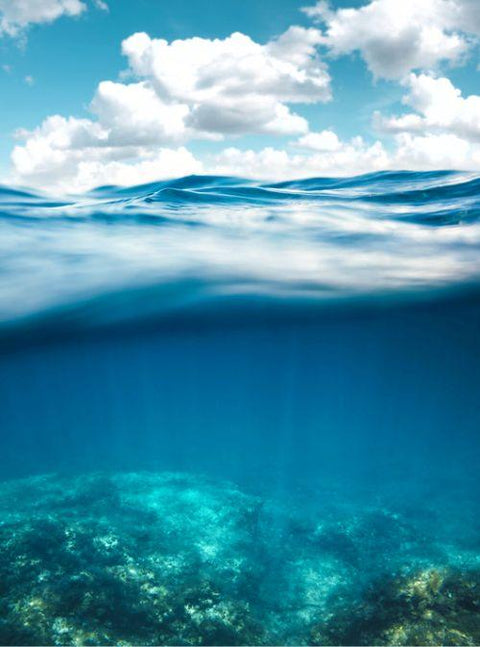How would you describe the transformation of marine debris into monumental sculptures? The Director of the Washed Ashore Project, Brad Parks, calls it “an ugly problem with a beautiful solution”. Let’s take a look at how these eye-catching sculptures are helping to bring awareness to ocean plastic pollution all over the United States!
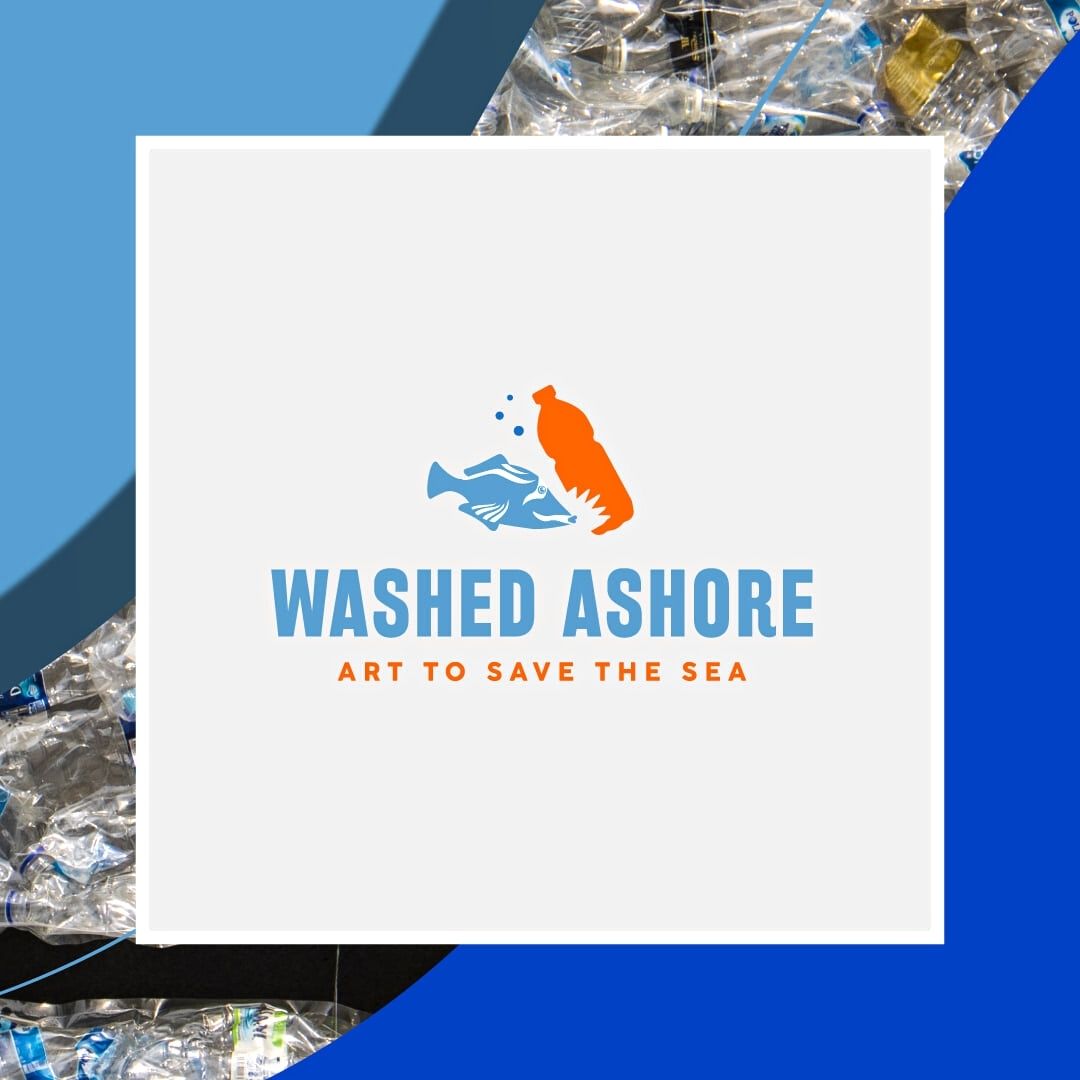

Image: Washed Ashore Project
What Is The Washed Ashore Project?
Many of us consider marine debris as an ugly source of waste, but the Washed Ashore Project is proving that anything can be transformed into art — even trash! Washed Ashore creates gorgeous sculptures using marine debris that has washed up along the coast of Oregon. The non-profit is helping to increase the awareness of plastic pollution in our oceans all over the US. Their sculptures — taking the shape of threatened marine species — have been featured in aquariums, zoos, museums and science centres across the country.
Since beginning in 2010, the amazing volunteers at Washed Ashore have cleaned more than 300 miles (482km) of Oregon’s beaches and processed more than 35 tonnes of marine debris. With all this plastic, the team have constructed more than 86 life-like sculptures which help to communicate the urgency of the plastic pollution crisis.
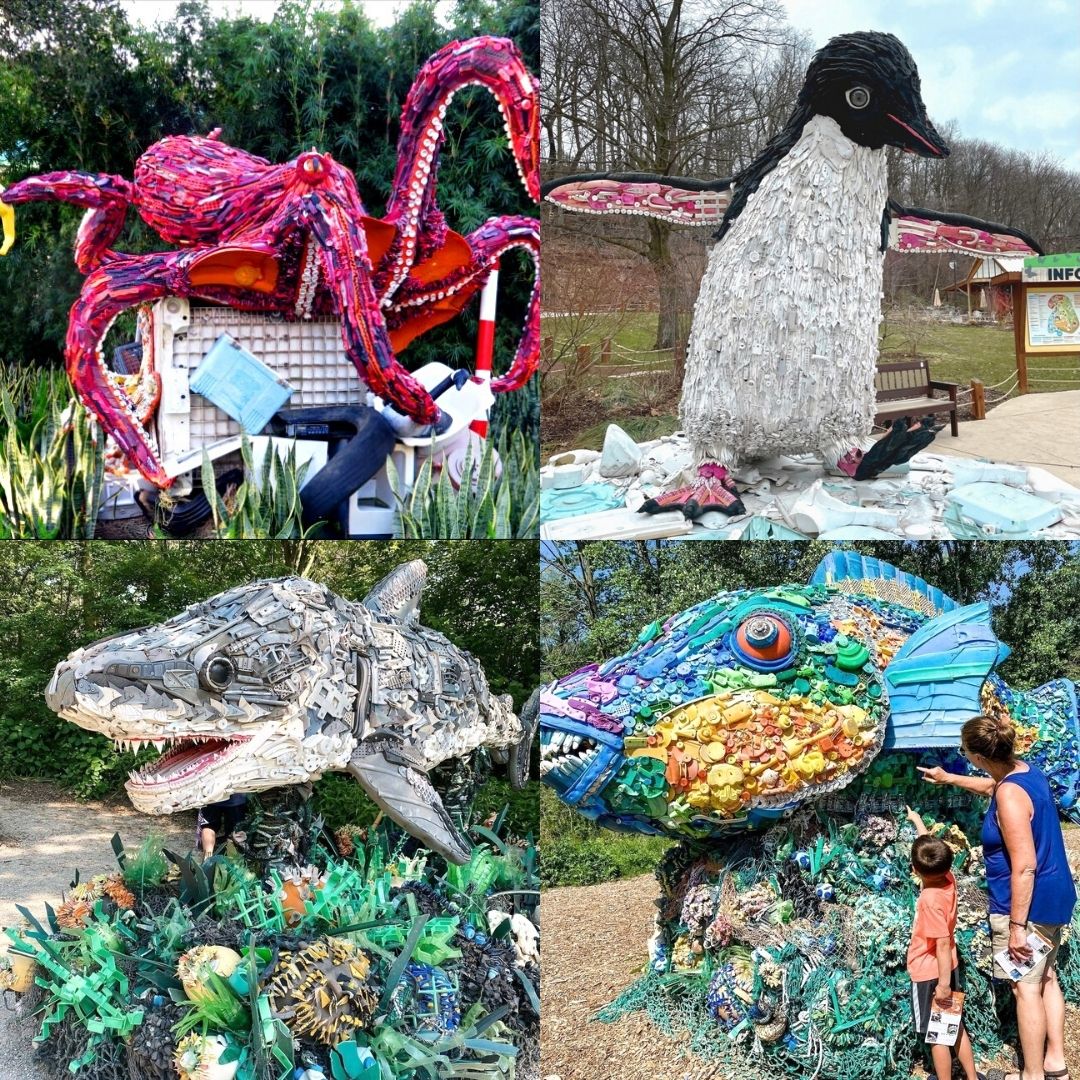

Image: Washed Ashore Project
How Are The Marine Debris Sculptures Made?
These enormous sculptures need a lot of plastic, a lot of planning, and a lot of patience to create. We see the gorgeous, whimsical finished products — but it literally starts out as a bunch of trash! So, what’s the creative process like?
Well, it all begins with the fantastic volunteers that comb Oregon’s beaches for plastic debris. Since 2010, more than 14,000 volunteers have participated in Washed Ashore’s beach cleanups! From there, the plastic is cleaned and sorted into different colours and sizes.
The team of talented artists begin to conceptualise what the end piece will look like with the plastic in front of them. Their creations are also limited to the types and colours of plastic that wash up on the shore. Colours like pink and orange are scarce, but black, blue, and white debris is quite common.
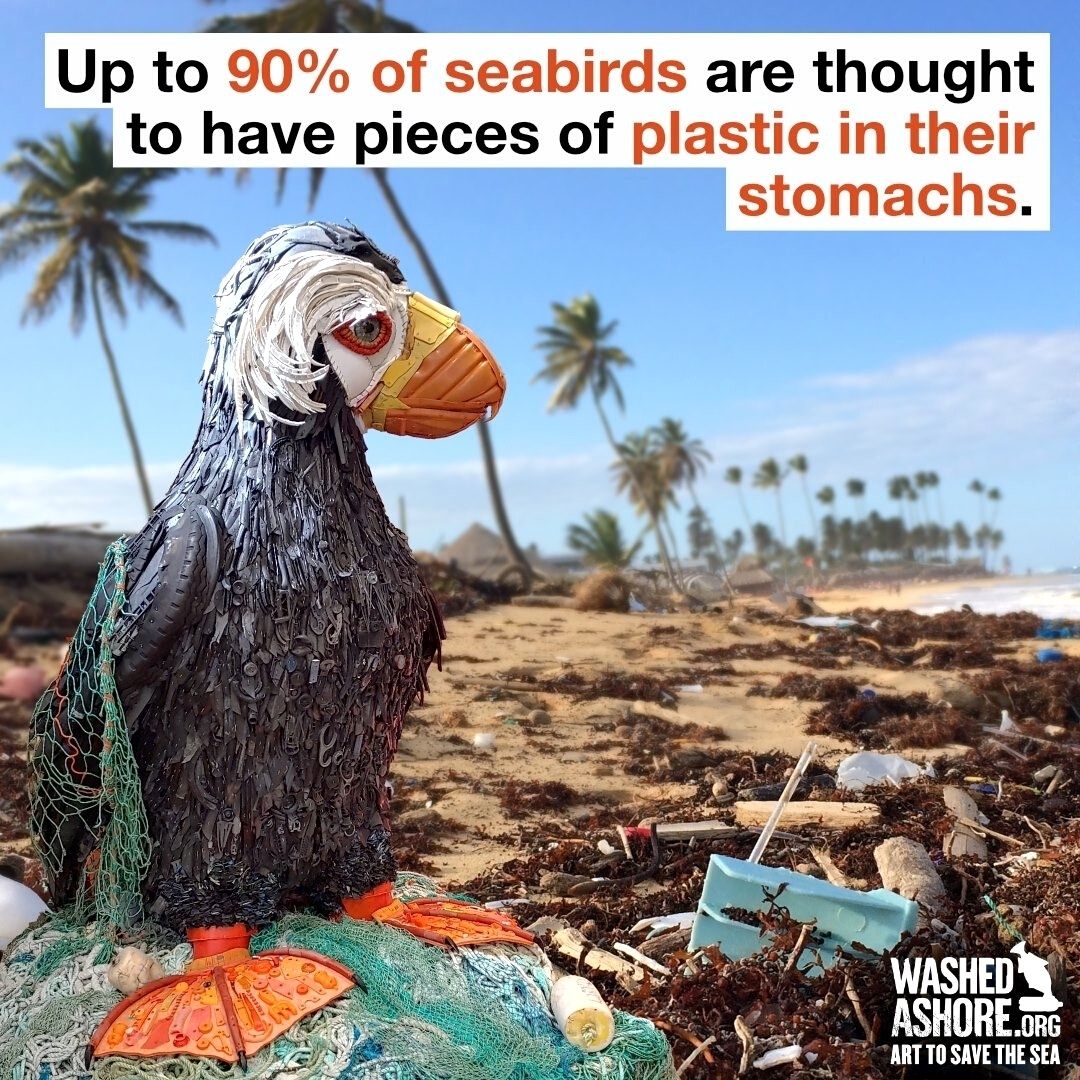

Image: Washed Ashore Project
Washed Ashore’s Animal Advocates | Puffin & Sea Turtle
Washed Ashore’s incredible sculptures depict threatened marine species — like penguins, salmon, great white sharks, turtles, polar bears, and more! Their animal advocates are some of the species that are worst-affected by plastic.
Sebastian James the Puffin depicts a Tufted Puffin, which was made out of bottle caps, flip flops (thongs), tires, disposable lighters, and toy truck wheels! Tufted Puffins often mistake plastic for food, which eventually results in starvation. They’re also prone to becoming tangled in abandoned fishing nets.
Herman the Sea Turtle depicts a Sea Turtle, which was made out of water bottles, boots, shovels, and even shotgun shells. Sadly, plastic pollution is one of the biggest reasons Sea Turtle species are classified as threatened or endangered.
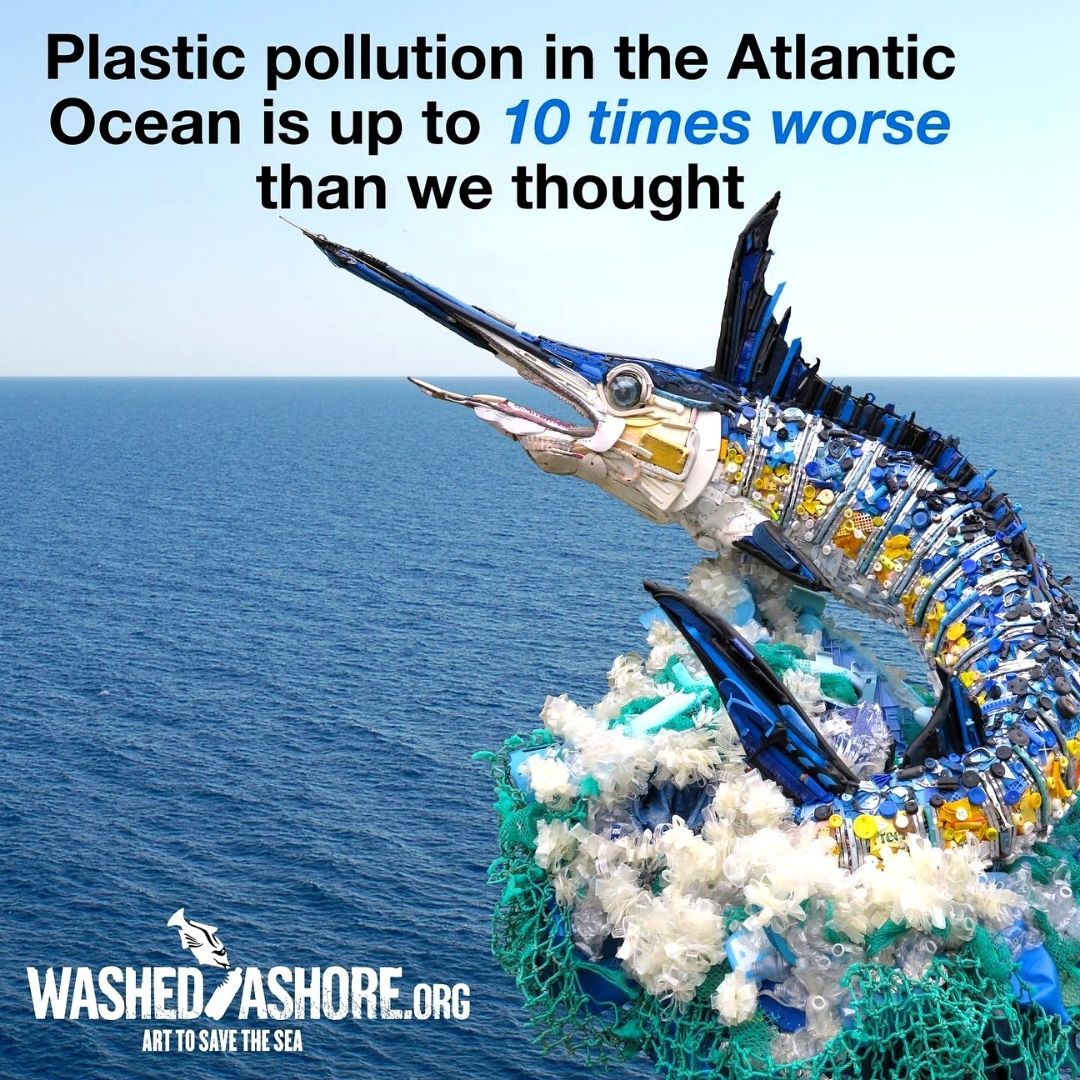

Image: Washed Ashore Project
Washed Ashore’s Animal Advocates | Seal, Octopus & Marlin
Lidia the Seal was named ‘Lidia’ due to the sheer number of lids that were used to construct her body! Lidia was also made with buoys, netting, beach toys, and toothbrushes. As curious creatures, seals often get caught up in plastic ropes, rings and strapping — or consume plastic, which leads to starvation.
Octavia the Octopus depicts a Giant Pacific Octopus — an intelligent species due to their problem-solving skills! This stunning piece was constructed with beach toys, dog leashes, disposable lighters, and buoys.
Lastly, Flash the Marlin depicts a Blue Marlin— one of the fastest swimmers in the world. During migration, they pass through extremely polluted waters. This piece was made with sunglasses, fishing lures, fighting poles, and even a toilet seat!
We love how this non-profit is not only transforming trash into treasure, but also helping to educate Americans about the marine species caught up in the plastic pollution crisis!
We love seeing art that conveys messages of environmental and wildlife conservation! If you do too, check out the blogs below for more fantastic examples.
This Aussie Artist Transforms Ocean Plastic Into Colourful Art!
Indonesian Activists Create Museum Made From Plastic Waste
UK Beach Cleanup Group Hosts Eye-Opening Plastic Waste Exhibition

